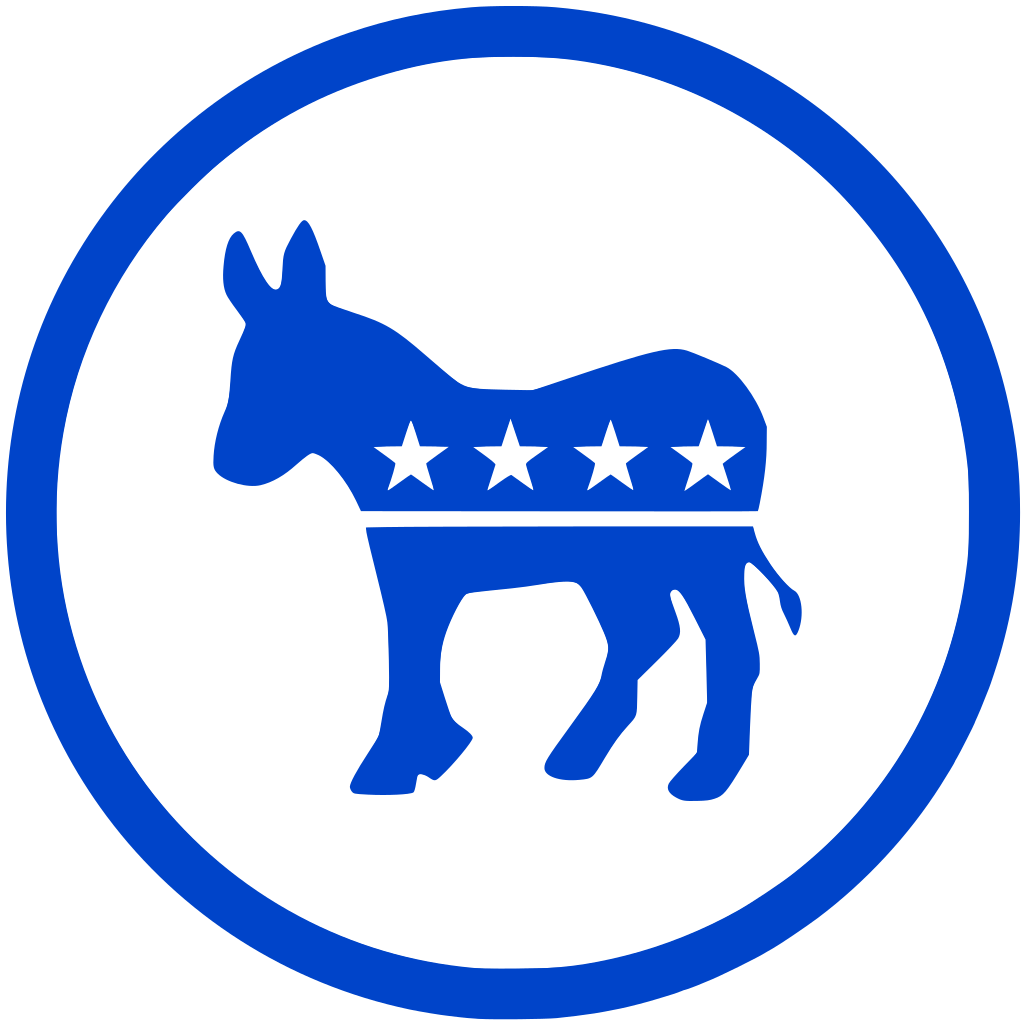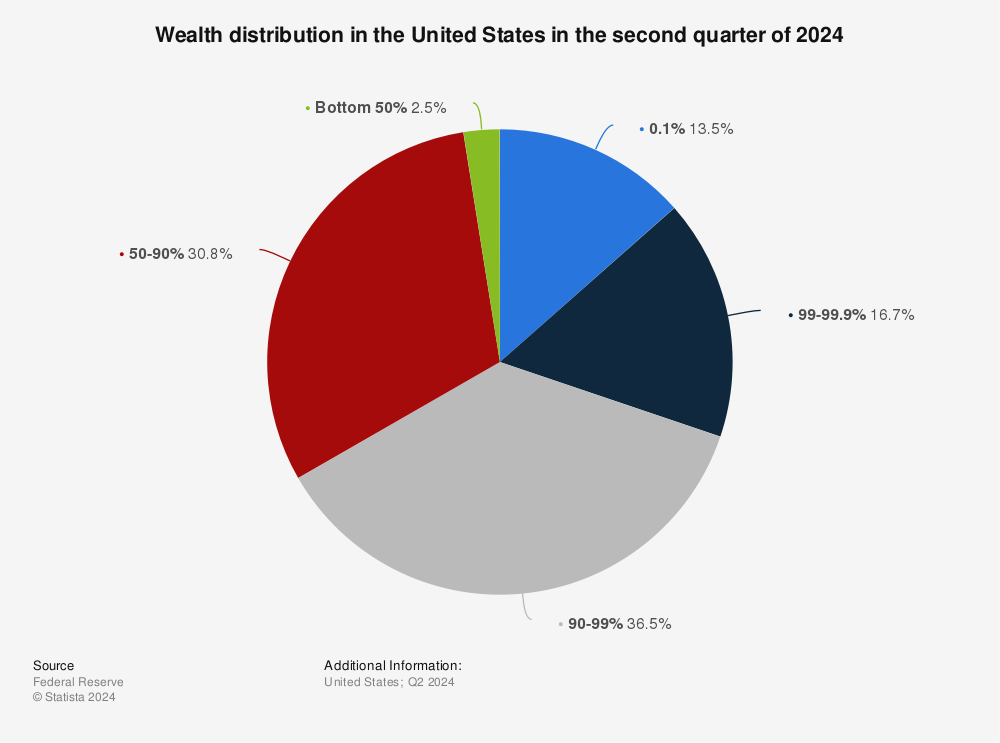Resistance: The Road Ahead

At this very moment, both chambers of Congress are meeting in joint session to certify the (unconstitutional) results of the election. If all goes as planned, on January 20, 2025, Donald John Trump will place his hand on at least one Bible and falsely swear to preserve, protect, and defend the Constitution of the United States. He has sworn this oath once before, on January 20, 2017, and violated it numerous times afterwards, most significantly by encouraging an insurrection against the U.S. government which took place on January 6, 2021. In any reasonable political moment, this ought to disqualify him from ever holding office again, as stated in Section 3 of the 14th Amendment. Unfortunately, this is not a reasonable political moment, but a divisive and hypocritical one, and Trump has not only been allowed to again run for the highest elected office in the land, but won the election, even narrowly winning the popular vote.
Many Americans who did not vote for Trump (and perhaps even some who did) are worried that upon his return to the presidency, Trump will implement the policies he proposed on the campaign trail, and in his Agenda 47 plan, as well as many elements of the Heritage Foundation’s Project 2025. This worry is well-founded, as besides the presidency, Republicans have (narrowly) retaken the Senate and are likely to (also narrowly) retain control of the House of Representatives. While this is not the first time Trump has been part of a federal government trifecta, as Republicans also held the presidency and both houses of Congress from 2017-2018, Trump (or at least people within his administration) may be more effective in implementing his agenda due to a greater familiarity with the governmental system—and how to circumvent its guardrails. An example of these end-runs around the normal operation of government would be the re-implementation of Schedule F to reclassify wide swathes of federal employees as political appointees, thus allowing them to be more easily “fired” (to adopt a TV catch-phrase) by the president. Trump also appointed a large number of federal judges during his first term, weakening one of the major bulwarks which previously kept his power in check, as well as delivering to his base an entrenched conservative Supreme Court, which recently gave him unchecked immunity from prosecution for official presidential acts. Given Trump’s statements about wanting to rule as a dictator on day one and “fix” it so that “beautiful Christians” won’t have to vote anymore, not to mention his increasingly vitriolic rhetoric about prosecuting his political opponents (and even ordinary Americans who disagree with him), the democratic process itself is now more endangered than it has been since the American Civil War. Additionally, the Trump administration will essentially have all of the tools necessary to establish an all-intrusive surveillance state: under the first Trump administration, the FBI had already purchased spyware from Israeli cyber-arms company Pegasus, and ICE has recently acquired spyware from another Israeli company, Paragon. As explained by Ronan Farrow, rebooting your devices frequently may help, and sensitive communications should be sent using encrypted messaging services, but it remains to be seen how aggressively Trump’s thugs will seek to use technology to quash dissent, and whether they will take more extreme steps such as restricting internet usage or imposing draconian censorship. They will almost certainly try to crack down on “unfriendly” media organizations in an attempt to further distort the information landscape to favour disinformation and falsehood, and obfuscate their own actions.

However, despite the seemingly vast political power he will wield, Trump does not have a divine right to rule however he pleases. There are still ways for Americans—not just politicians, or the rich and/or famous, but all Americans—to resist his cruel and destructive policies, thuggery, and corruption. This resistance will take numerous forms, and operate on multiple levels; all of it is potentially risky. Nevertheless, it is perhaps the most important duty laid on us, as citizens of America, in this moment in history.
National political resistance

Much organized national political resistance to Trump will be, de facto, from the Democratic Party, as the Democrats are the only major political party in America which has not completely sold its soul to neo-fascism and naked xenophobia. However, the question then becomes: what kind of Democratic Party? Cable news pundits are currently engaged in a somewhat reductive and (probably) ultimately unhelpful circular firing squad blame game over Kamala Harris’s electoral loss, but the Democratic Party itself is no doubt also (more quietly and behind the scenes) scrutinizing it as well. What strategy they arrive at to move forward will make an important difference in how successful, or even willing to resist, they are. If they decide the only way to win elections is to move rightwards, effectively becoming a silent partner in Trump’s deconstruction of democracy, they will be very little use to any Americans who are actively trying to resist; I think this is unlikely, however. If they continue their current tendency of mostly maintaining the post-Reagan economic status quo while moving very slowly towards enacting occasional social programs or civil rights policies, their resistance to Trump will likely be noticeable but ultimately ineffective in generating wide support from the populace.
I see the only surefire winning strategy as a pivot to a broad-based economic message. For the past forty-four years, since the beginning of the Reagan era, America has been slowly making progress on issues of social justice, but falling further behind basically every other developed nation, even regressing, on economic justice. However, these two facets of society are not disconnected; greater integration of minorities into economic and educational systems strengthens them, and greater economic equality and workers’ rights help minorities too. Conversely, the lack of economic equality despite increasing rights for and visibility of minorities feeds into pernicious narratives that scapegoat minorities and immigrants, blaming them for “taking” or even “stealing” jobs, university positions, or even properties that are supposed to belong to “true” (i.e. white) Americans. Und ve all know vere zat line of zinking leads, ja? (Fascism. It leads to fascism). A pivot to economics does not mean abandoning civil rights or other social issues, but it does mean focusing on the similarities between people rather than highlighting their differences, however well-intentioned such efforts might be. This is not a cultural exchange program. It is a union. What unites us is that we are not billionaires.

Just as importantly, Democrats need to be willing to call out the unfairness of the capitalist system in general, and specifically the regulatory and tax systems that enable a handful of billionaires to have more wealth than the bottom 50% of Americans. No one person should have more money than the GDP of a small country; the wealth accrued by the 400 wealthiest Americans is almost literally unimaginable. Emphasizing an economic message of this sort will enable Democrats to win back voters, especially in the working class, who may have flipped from voting Biden in 2020 to Trump in 2024, but who are still persuadable. Part of the motivation for these voters’ swing to Trump is high prices, particularly for food, which they blamed on the current president, in this case Biden, rather than on the aftereffects of the pandemic and the generally unpredictable post-COVID economic landscape. However, once Trump becomes president, this becomes his hot potato, and after he enacts however many of his proposed tariffs that other world leaders are unable to talk him out of, prices on groceries and numerous other goods will soar. The whole economy may begin to go downhill. Democrats should take advantage of any mounting economic discontent, tying it to Trump and his billionaire backers, with a clear and easily understood message that doesn’t require a macroeconomics lesson to understand. In other words, make sticker shock stick to Trump.
Finally, Democrats need to realize that no matter how good an example they attempt to set, Trump and his allies are never going to play fair, and much of America does not care that they don’t. “When they go low, we go high” is a nice aspirational statement, but it doesn’t help much when your opponent’s definition of going low is siccing angry mobs on Congress or deploying tanks into the streets. (And even its own coiner has mostly abandoned it). Democrats need to swallow their squeamishness and get their hands dirty when necessary for the greater good. They may even discover that a fiery, harder-edged style plays well with voters and delivers an electoral advantage. So, to update Michelle Obama’s slogan: When they go low, we kick them in the teeth.
To their credit, the Democrats did some amount of all of these things this past election cycle, especially during Kamala Harris’s brief tenure at the top of the ticket. While they may have even spent a little too much time and money on trying to appeal to the middle, Harris did mention corporate price gouging and attempted to tout Biden’s economic accomplishments, such as the Inflation Reduction Act. Particularly once Tim Walz became Harris’s running mate, a more earthy, middle American tone also became common, particularly with Walz’s calling Republicans “weird” and his slogan of “mind your own damn business.” However, in the face of a global wave of anti-incumbent sentiment and unease about the economy, this was ultimately too little, too late. (America’s inherent racism and misogyny also no doubt played a role, as Harris is part of three marginalized groups—women, African-Americans, and Asian-Americans). Moving forward, I believe the Democratic Party as a whole should adopt a strongly left-wing economic platform. They should elevate populist (and popular) left-wing congresspeople such as Bernie Sanders and Alexandria Ocasio-Cortez (AOC). Perhaps most importantly, I believe they should elect Ben Wikler, currently chair of the Wisconsin Democratic Party (which has successfully reversed a slide towards gerrymandered Republican entrenchment), to become chair of the Democratic National Committee.
Organized resistance
Beyond the realm of electoral politics, a wide range of other national, state, and local organizations and social movements have roles to play in resisting the MAGA agenda. Some are groups already in existence focused on specific topics, such as the environment, civil rights, gay rights, housing reform, and gun violence. Others, generally of more recent vintage, have a broader approach. The overall resistance movement should take advantage of the institutional knowledge, focused advocacy, and targeted appeal of these organizations. Even people who lack a strong antipathy towards Trump or are burned out on or wary of partisan politics may care enough about issues that affect them directly, for example a polluting mine in their town or a nonsensical state law, to protest, call their representatives, and even take legal action. Thus, whole legions of Americans can be mobilized, regardless of whether they realize they are part of a broader fight. The greater the number of people activated at any level, the more the Trump administration and state and local governments allied with it can be kept off balance and in a reactive, defensive posture where they are too busy putting out fires to effectively push their own agenda.
Smaller left-wing parties, such as the Green Party, Democratic Socialists of America, and Working Families Party, should also be drawn into the fray. Labour unions could be another powerful ally: while not all union leadership may be supportive of our cause (looking at you, Teamsters leader Sean O’Brien—insert obligatory Jimmy Hoffa joke here), a large number will be. Unions will be critically important in disseminating a message of economic justice to the working class. They are also unique in their ability to call for work stoppages and strikes (perhaps even escalating to sabotage), which may be useful in pressuring not only elected officials but also corporations and the rich.
What may prove to be the most effective bulwarks against the Trump administration are those groups specifically focused on combating its agenda. Alongside well known movements and concepts such as the #Resistance tag popular on social media and the highly publicized Women’s Marches, I believe two organizations not as well known to the general populace will form the core of resistance to Trump. MoveOn comprises both advocacy and a political action committee (PAC), and may become one of the most important agents in delivering a programme of political education and distributing what the Trump régime may soon refer to as “subversive propaganda.” The Indivisible movement both publishes a guide to protecting democracy (which I strongly encourage anyone who has read this far to download and peruse) and provides resources to local, grassroots Indivisible chapters. Joining an organization like a local Democratic party, Indivisible chapter, or other grassroots political group is probably the most straightforward way for individuals to get involved in the front line of the Resistance.

Self-organization
Everyone is more powerful as part of a team; at times, even Superman needs the Justice League. However smart, strong, or capable you are, your voice and your wisdom will be amplified by being part of something bigger than yourself. Conversely, Captain America may not be the most powerful Avenger, but they wouldn’t be the same group without him. Individuals still matter; if you cannot find a group of like-minded patriots, and even if you are a lone champion of democracy in a sea of MAGA-heads, this does not mean you are completely powerless. A possibly useful concept I have recently come across is “self-organization,” specifically its application during the Ukrainian Euromaidan uprising of 2013-14. This video from the Marshall University MUkraine discussion group, featuring Dr. Emily Channell-Justice of Harvard University, is a good primer on the self-organization concept as used in Ukraine. (This video explains the history of the Maidan movement). In brief, the central concept of self-organization as relates to our current situation is that if you see an opportunity to help someone else or resist authoritarianism, regardless of how small, you should just do it. You don’t need to ask for permission from anyone else and get bogged down in bureaucratic red tape, or even tell anyone about your resistance activities (particularly if you fear retribution); not letting the left hand know what the right is doing (in a surprisingly literal sense) is often a good idea. Furthermore, once Trump’s cronies (particularly, if confirmed, his FBI director appointee Kashyap Patel) start going after the opposition, they will probably target larger organizations first. The more distributed our network is, the harder it will be for them to sweep up a large number of us at once, and smaller organizations can be more nimble in changing their names and shifting important assets.


In Conclusion
I will not claim that the road ahead will not be long and hard. Your willpower may flag. Many of us are tired and disheartened even now, and just do not want to keep fighting. It is all right to take time to grieve and recover, in whatever way works for you. Nevertheless, we should not lose hope completely, and we cannot roll over and let Trump and his cronies pick us off one by one. As individuals and communities, we must stand against fascistic autocracy, whatever the cost to ourselves. We have nothing to lose but our chains; we have a nation to take back. We must raise high the standard of our cause and declare: down with the billionaires, up with the people!





